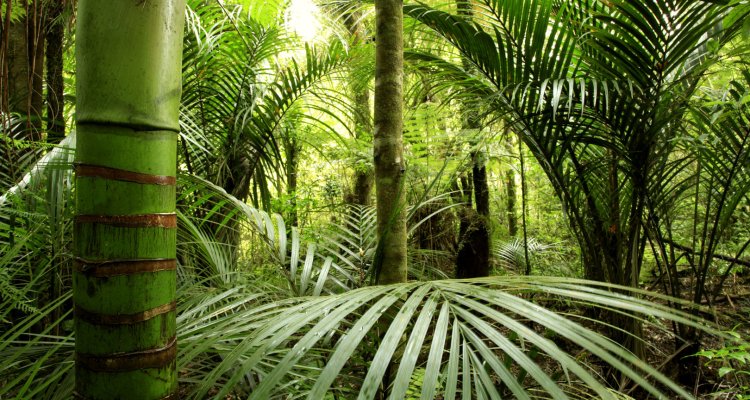
News
Call for action for supporting forest restoration around the globe
Forest scientists are calling for a ‘decade of global action’ to restore forests across the planet. This is one of the messages in a special issue of the Royal Society’s Philosophical Transactions, to which tropical forest ecologists from Wageningen University & Research contributed. Their work shows that active tree planting on abandoned mines facilitates vegetation recovery, and natural forest regrowth on abandoned agricultural fields facilitates soil recovery.
Almost 200 authors from 27 countries contributed to the special issue, containing 15 publications with recommendations on forest restoration worldwide. Published articles were targeted at ensuring that the scientific findings really make a difference to forest restoration and inspire action around the world, particularly in the tropics where much of this research has been undertaken.
Mine restoration in the Amazon
One of the Wageningen University & Research contributions is a long-term study on the active restoration of former open pit mines in the Brazilian Amazon. The study is based on 12 years monitoring of forest restoration on former mine areas. Trees were planted to kick start restoration. Over time, native species regenerated naturally under the canopy, helping guarantee sustainability to the new forest. The study showed how restoration success at these locations is determined by soil amendment and soil removal during mining operations. “Fast restoration depends on the proximity to remnant forests”, lead author Louis König from explains. “This allows seed movement – probably mostly by birds – to the planted forests, and thus increases tree diversity and recruitment.” The study was conducted in former mine areas that the mining company was obliged to reforest. Co-author Prof. Pieter Zuidema: “The reforestation was not set up as a scientific experiment, but did allow us to obtain important insights into the factors that matter. Forest restoration is slow by nature, so we need to learn from these past reforestation activities.” Brazilian researcher Catarina Jakovac complements saying that “this is the longest monitoring of forest restoration in mined areas in the Brazilian Amazon. A lot is being learned and can be applied to the restoration of other areas.”.
Soil recovery during tropical forest regrowth
The second study led by Wageningen University & Research assessed the changes in soil properties during deforestation for agriculture, and during natural forest regrowth after agricultural abandonment. In this collaborative effort, researchers working in 21 landscapes across the American tropics measured soil carbon and nutrients for 300 regrowing forests with different ages since agricultural abandonment. “Our broad-scale research has shown that soils generally recover after agricultural use, but that the rate of recovery strongly depends on the type of previous land-use (pastures or crops) and the local environmental conditions, such as the type of clay in the soil and the precipitation level”, says lead author Masha van der Sande. “For example, soil conditions recover most quickly after land abandonment in productive sites, which have high precipitation and high clay content”. Co-author Prof. Lourens Poorter adds: “In general, soils recover naturally when the vegetation regrows but depending on local site conditions, you may have to plant fast-growing tree species to restore soil carbon and organic matter, or nitrogen fixing species to restore soil nitrogen.”